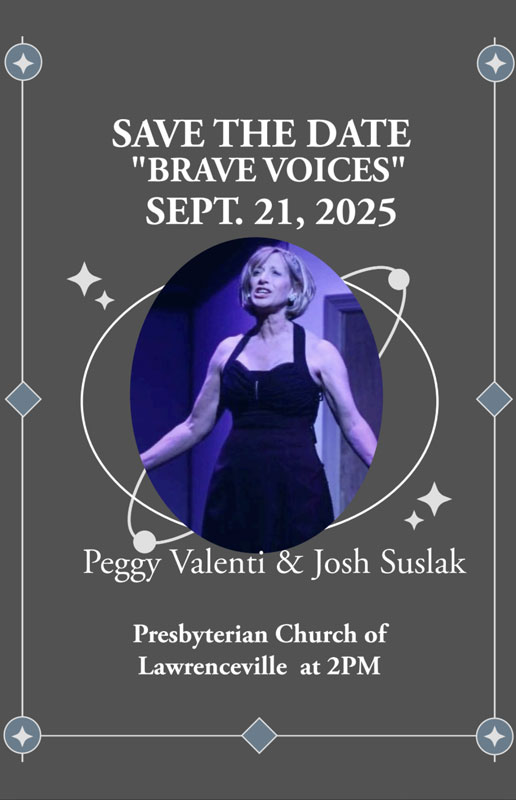From Argument to Understanding in 3 Steps
By Wanda Sevey, Director and Instructor, Council for Relationships
I often share with couples and families that if they practice these 3 steps they will stop an argument in its tracks. The approach is so effective that I even joke that I’ll offer a money back guarantee to those who try it. I use this method in my own family and relationships and can say that it has never failed to drain the anger from a heated conversation. There are many names for this method but one of the most common is “Empathetic Listening.” The goal of this kind of listening is to help someone feel heard and understood. In this approach you are aiming to be non-judgmental and trying to see the situation from the other person’s point of view. As St. Francis said, we are looking not so much to be understood but to provide understanding.
Preparation: Take a breath and repeat to yourself “Validation and Empathy Do Not Mean Agreement.” One of the biggest obstacles to listening empathetically is the mistaken belief that if you listen to understand then you are “agreeing” with someone’s point of view. You don’t have to agree with someone’s point of view in order to understand why they hold the perspective they do. The more quickly you can put your own opinion and point of view on the back burner in order to try to see through the other’s eyes, the more quickly you’ll be able to derail the heat in the conversation.
Step One: Using a soft tone, paraphrase back what you’re hearing. Say something like: “Let me make sure I understand. You’re saying you are feeling angry with me.”
Step Two: Provide validation by letting the person know that you see why they are feeling the way they do. “I think I understand, you felt unimportant and ignored when I answered a text on my cell phone at lunch.” Keep in mind that even if you only picked up your cell phone for a second, you only answered one text and you only did it to answer a supervisor at work, the other person is feeling hurt and ignored. If you can focus on understanding their point of view and provide empathy for their hurt feelings, they will most likely feel heard and reassured.
Step Three: Provide empathy and let the person know that when you look at it from their point of view it makes sense that they feel as they do. For example “I think I got it. When I picked up my cell phone you felt ignored and unimportant. No wonder you began to get angry. When you feel unimportant, anger is understandable.”
Try this approach and watch the temperature drop between you. This is a first step toward the other person being able to hear your point of view as well. When you both feel heard and understood then you can move on to problem solving. That’s a whole other conversation!
This approach is a building block in many models of couples’ therapy. Click here if you’d like to see a couple demonstrate it from the Imago Relationship model.
Communication can be difficult. Why not meet with a therapist? Click here for more information.
Council for Relationships is our partner at the New Directions Center. The New Directions Center offers affordable counseling services to our community and seeks to promote mental health education and awareness.


